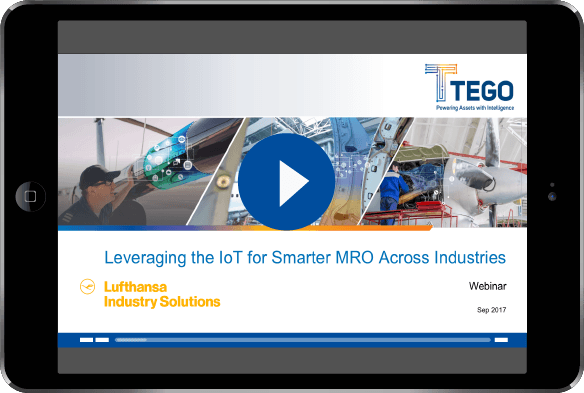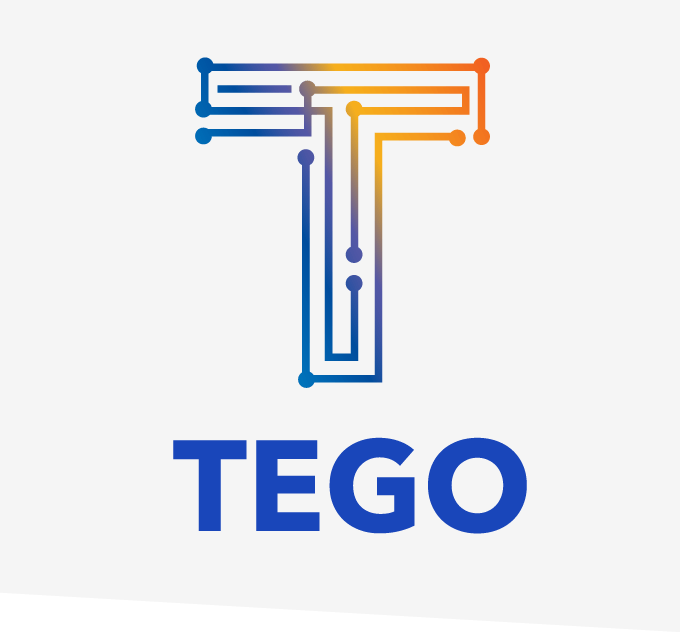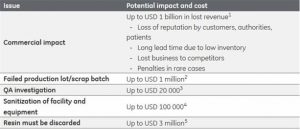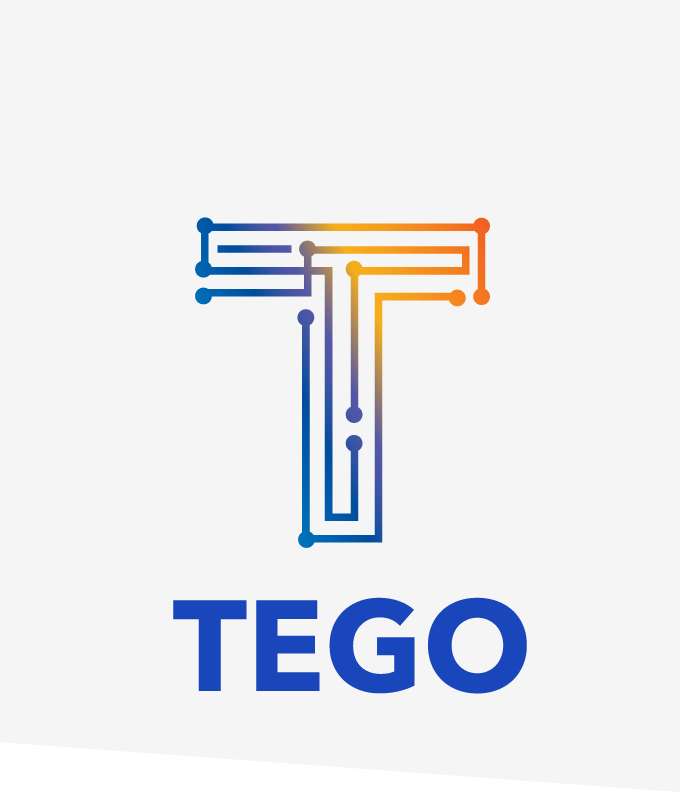Webinar: Leveraging Smart Assets/ IoT for Smarter MRO Across Industries
Webinar: Leveraging Smart Assets/IoT
for Smarter MRO Across Industries
In this 30 minute joint webinar by industry leaders
Lufthansa Industry Solutions (LHIND) and Tego, you will discover:

Viable use cases for IoT and smart assets for MRO processes
Real-life examples and the lessons learnt from them
How to eliminate major process inefficiencies and drive double-digit improvements in MRO economies
Specifically learn…
1. How Lufthansa Industry Solutions is leveraging IoT to enable its customers’ MRO activities.
2. How intelligent information at the edge has benefited the aerospace industry.
3. How Tego’s smart asset solutions are capturing digital lifecycle information and the MRO benefits they drive.
4. How LHIND and Tego are pairing up to offer smarter integrated solutions.
Ready to watch the webinar?
Click below to register and get a copy!
